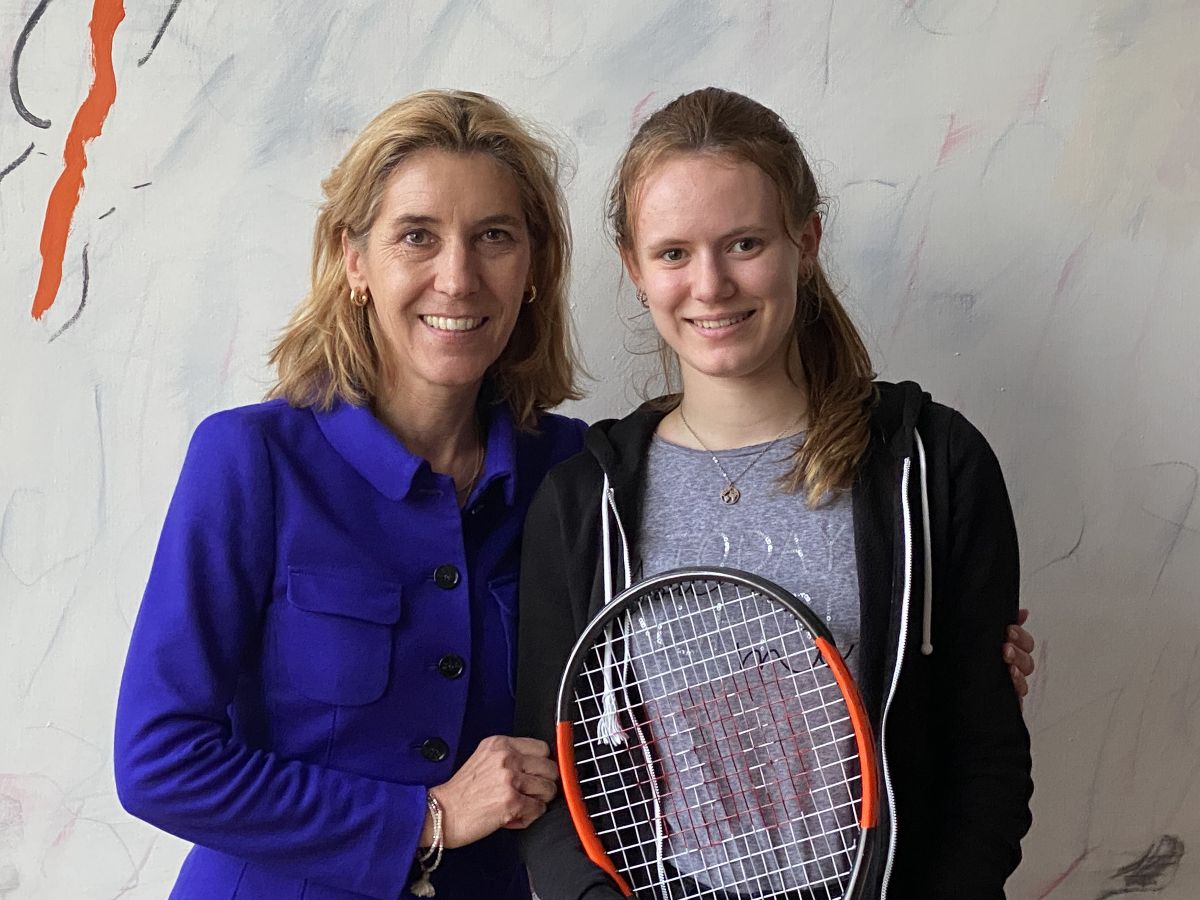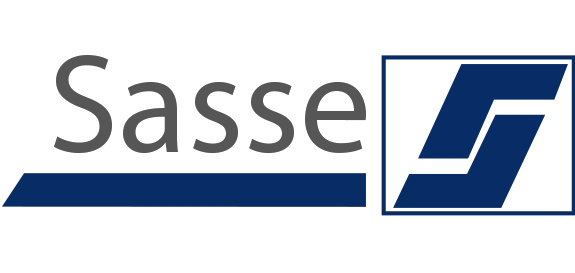Serve, Emma Ansorge!
Emma Ansorge is a promising young tennis player. She exhibits many qualities that are entirely in keeping with the identity of the Sasse Group so we have been sponsoring the sportswoman for almost a year. In this interview, she reports on her development, her understanding of talent and the joy of sport, her role model and her plans.
Emma, what’s keeping you busy at the moment?
Next year, I will start sixth form, which is Year 11 in my school. I will attend the specialist sports school in Neubrandenburg to the end of Year 13. Here, I’m able to keep enough time for learning alongside my training, which happens on four mornings and four afternoons each week. Obviously, my aim is to play professionally but I don’t want to build my life on this talent alone. And, in my view, free time with friends is also a part of life.
You’ve been playing tennis since the age of four. How did you start?
My parents told me – and I remember it a little myself – that even as a child I had a feel for the game. My dad says I always had a fascination for balls. Then, when I was four, my grandparents, who were enthusiastic tennis players, took me to their games and cautiously introduced me to handling the ball and the racquet.
“I wanted to improve and play properly.”
How did the game become “serious”?
It happened by itself really. I wanted to improve and play properly so I joined the club, the children’s section of the TC Rot-Weiss Neubrandenburg. That’s where I first had the feeling that although tennis is mostly an individual sport, belonging to a team makes it more fun.
What have you achieved since then?
Nine-times state champion in the U10 to U18 age groups. Once East German champion, twice vice-champion. Team champion with my club in Schleswig-Holstein. Number 69 in the rankings for U16 tennis players in Germany. And recently I made the women’s rankings, which lists the best 500 players in Germany. There, I’m 416th – a long way from Angelique Kerber or Julia Görges. But 84 places high enough to be noticed.

Who is your role model?
That’s easy: Roger Federer. The Swiss player is very impressive, leading the world rankings for many years and winning every major tournament on the planet. His sporting success, his technique, his understanding of the court and his opponent is magnificent. His friendliness, his receptiveness, his performance “off the court” is wonderful. Both of these together make him someone that stands out from the crowd. Someone to emulate, without being a carbon copy.
What makes you think you’ll be able to?
Playing is one thing. But the structured work with a clear plan and full concentration is what makes the difference. This helps me keep on developing, step by step, session by session, match by match. And I can still “play”; I still have free time to use my imagination and enjoy myself.
Always visible, always measurable
Do you have a timetable for your career?
The path to the top is long, very long. I’m aware that I am always visible on this path, always measurable. Spectators and coaches, team colleagues and opponents, friends, parents, grandparents: they will be carefully watching how I work on myself and how I deal with mistakes and defeats, as well as with small and large victories. Them being there for me to talk to and exchange experiences, to ask for criticism – that means a lot to me.
Where do you play today and where would you like to go?
My team, when I play for league places and points, is TuS Lübeck 1893. Not quite round the corner from home but the ideal situation to introduce me to playing at a professional level. I’ve been there for three years and my performance was the impetus for my acceptance into a higher-level team. This also means coming up against opponents I can learn from and this helps me to grow. Of course I realise that it’s a good aim to win Wimbledon. But I find my greatest motivation in my own development, in the ongoing exercise, training and experimenting. So then the greatest advancement happens almost by itself.



